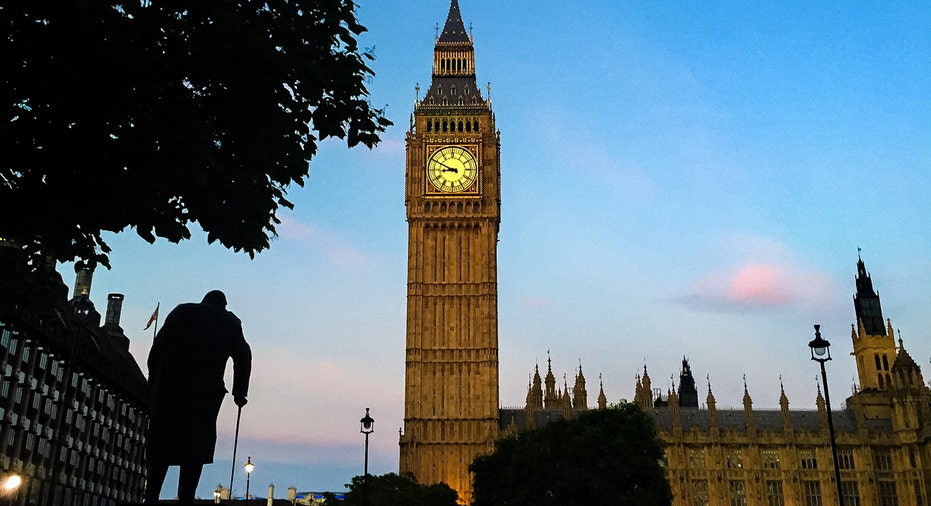Brexit one year later: Uncertainty still reigns

With divorce talks officially underway a full 365 days after the vote heard ‘round the world, investors and economists have more questions than answers about the future of the United Kingdom’s relationship with the European Union in a post-Brexit world.
The more than 15 million voters who decisively moved to sever their nation’s four-decade membership in the trading bloc cited as reasons for the decision worries about border security amid a global migrant crisis, and a need for the U.K. to control its own business regulations and laws – which it currently shares with the EU.
In the weeks after ballots were cast, economic forecasts for U.K. growth varied between a rate of 1.35% and 1.47% by the end of 2017. In the first quarter of this year, GDP growth slowed to a rate of 0.2% as consumers began to feel the squeeze of slow wage growth and rising inflation.
IHS Markit this month lowered its GDP projection to 1.5% this year and 1.1% in 2018 as it sees the U.K. having “lost some of its resilience” amid ongoing conflict and rising levels of uncertainty about how the Brexit proceedings will play out. For context, the U.K. registered a rate of 2.2% growth in 2015 and 1.8% in 2016.
Part of that spike in uncertainty came after stunning results of a snap election held in mid-June. Prime Minister Theresa May, who took her post when former PM David Cameron resigned the day the Brexit vote was delivered, sought to bolster her majority in parliament as a way to strengthen her hand at the negotiating table with the EU.
However, things didn’t go exactly as she planned: Instead of winning more seats in parliament, her conservative party lost seats and has since been forced to forge an alliance with the Democratic Unionist Party of Northern Ireland to form a coalition government.
Some have speculated the most recent election throws May’s “Brexit means Brexit” mantra out the window as she needs support from members who would rather see the U.K. deliver a so-called soft Brexit, or an agreement with the EU that would keep Britain’s trading relationship with the bloc intact. As a tradeoff, that deal would likely force the U.K. to accept the free movement of people across its borders – something she has in the past said she would roundly reject.
“Firms across the UK are growing more unsettled as these issues fester,” said David Lafferty, chief market strategist at Natixis Global Asset Management.
Businesses – particularly those with their headquarters in London, like many European banks – want to know whether they’ll need to relocate and how they’ll source skilled labor.
“While free access to markets and free movement of people are both issues at the heart of Brexit, the problems surrounding worker status across the country may outweigh trade dynamics within the export sector,” Lafferty said, noting that so far any pain it has felt has been blunted by the 13% drop in the British pound against the euro.
Brexit talks officially kicked off on Monday but what will happen over the next two years is a guessing game. Representatives from both parties – the U.K. and the EU – have so far found little ground. And with an election defeat, some of May’s negotiating leverage has unexpectedly slipped through her fingers at a key point.
Those on the side of Britain still feel beholden to the will of the voting majority who voted for Brexit, while those negotiating for the EU can’t extend a preferential deal that gives the UK a divorce with few strings attached without facing the wrath of the bloc’s 27 member countries.
“While a clean break – ‘hard Brexit’ – looked like an obvious outcome, the range of possible outcomes has now widened. A year after the vote, the economic uncertainties of Brexit have grown larger, not smaller,” Lafferty said.



















